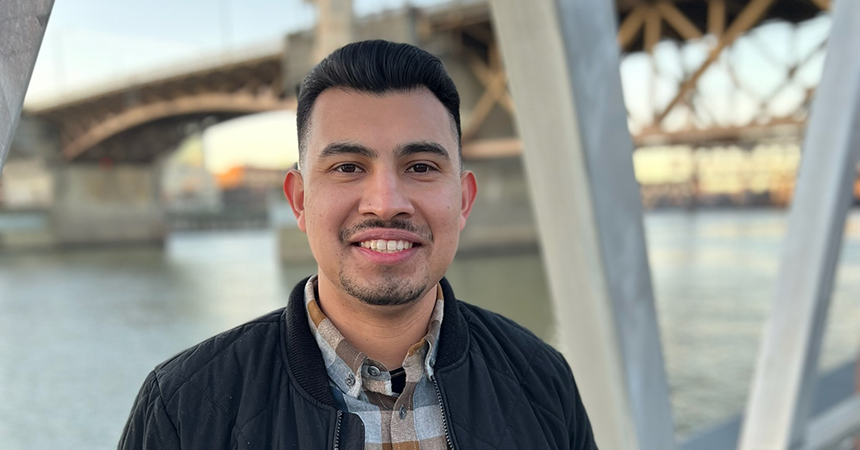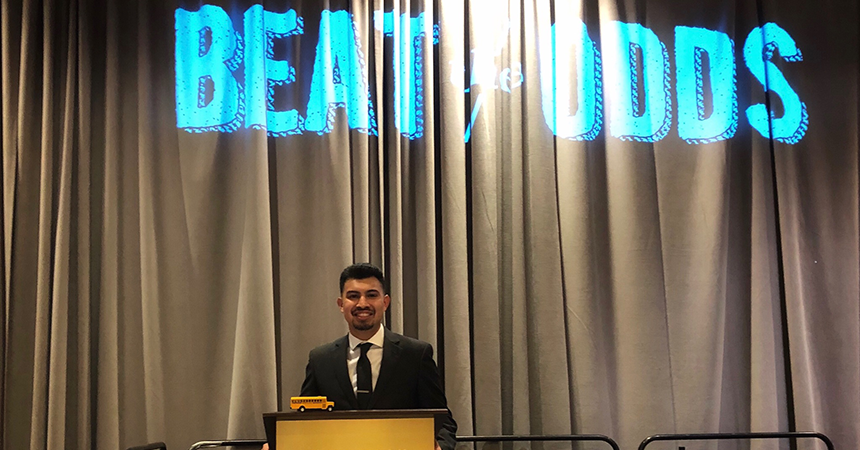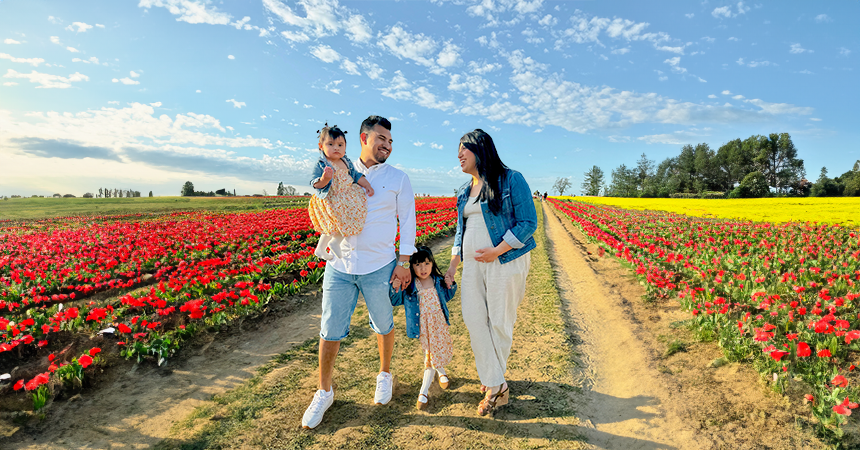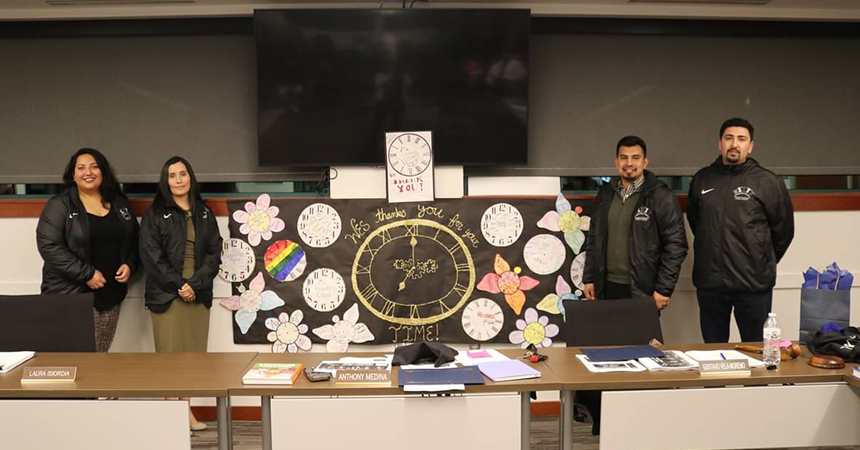
This is a part of a series of blog posts amplifying community voices.
Gustavo Vela-Moreno grew up in Woodburn, Oregon, the son of Mexican immigrants. After attending college at George Fox and graduate school at Stanford, he settled back in Woodburn with his wife and two daughters. His love for community is evident, having served on the local school board, as well as founding ReNew, a mentorship program for Woodburn High School students. He has also served on George Fox’s Board of Trustees for the past three years, providing feedback and input on the school’s goals and strategies. Professionally, Gustavo is a Senior Mechanical Engineer at KCL Engineering, and remains committed to creating space and opportunities for a new generation of engineers. He has been actively involved in Room for More, a collective of diverse professionals in architecture, engineering and construction.
Tell us about yourself and your work. What drew you to the engineering field?
I always enjoyed math and science, and solving problems. Engineering checked those boxes. I knew it was a respected career that would enable me to serve people and communities. I decided to start with civil engineering, which gave me a broad course load. One of those courses was environmental engineering, which showed me how we can help mitigate climate change in construction because buildings account for a big percentage of overall energy usage. My interest grew from there, so I decided to get a master’s degree that focused on sustainable design and construction.
Did any mentors or advocates influence you along the way?
I always had good teachers but a professor and advisor at George Fox University, Patrick Ray, cultivated the mindset that complex problems can have many solutions. In a classroom setting, you’re usually asked to solve engineering problems for a single issue, but when you get out in the world it can require more creative thinking with overlapping issues. Learning that the right solution may require a multifaceted approach was exciting – it got me curious about all the ways to approach a problem.
What inspires you in your work today?
My biggest inspiration right now is providing opportunities for youth with similar backgrounds to mine. I want to see more varied backgrounds reflected in engineering and architecture, and I’m trying to make a difference in that area by helping young people who are considering a career path to visualize themselves in engineering and in senior roles. People need to hear voices and see experiences they can relate to, so their dreams don’t feel farfetched and the idea of going to college or becoming an engineer isn’t foreign. Communities benefit from more voices, too, because diverse points of view help improve design outcomes.
Is that part of why you joined the Woodburn School Board?
Having gone through the public school system in Woodburn and benefited from the passion and dedication that our educators provide, I wanted to show my gratitude and help our current students have similar experiences. As an engineer, I was also able to help with facilities planning and prioritize sustainability and energy efficiency.
What do you wish people understood about your work?
A lot of times people think if a solution is sustainable, it’s going to cost more. But there are energy efficient ways to design and operate buildings that don’t cost a premium – things like adding insulation, building orientation to minimize solar loads, where to add glass and where not to and, of course, the mechanical systems, themselves. The systems I like to design are simple and economical, but reliable and efficient.
What recent changes have you seen or do you expect to see (or wish to see) in your industry?
I’d like the field to be more diverse. I’m part of that change and I’ve seen some progress, but at the leadership level, it’s still very homogenous.
What I focus on is building relationships and being accessible to youth interested in following the path I’ve taken. We have to be intentional and look at candidates who might not check all of the boxes for an internship at first glance, but have done well with their limited resources – often as kids who are the first in their families to go to college. They don’t have the same networks as kids who grew up with a college path laid out in front of them, but they are often working just as hard – or harder – to make their way in the world.
What excites you about the future of your work?
Oregon is a great place to be in terms of sustainability – it’s leading the way. Cool buildings are being designed, but there is also a big focus on improving existing buildings, which is great for sustainability and resource use. There is an openness and awareness that our buildings need to be improved and taken care of. When you don’t have to sell that priority, you can focus on doing the work.
It’s also exciting to be in a field that continues to push sustainability and being part of teams doing work to improve schools because I get to improve the environment where children learn. I owe a lot of who I am to my education, which is why I enjoy working on schools and education facilities. I also enjoy working on multifamily developments because this is a big need in our state, and I always strive to be a part of a greater solution.
What is your advice to people of color entering your field?
Don’t be afraid, give yourself a chance. You are worthy of doing the work. Everyone has a little genius inside. Don’t let initial anxiety prevent exploration or areas of study that seem daunting. Look for good mentors for big transitions in life: high school to college, to the workforce and then advancing in your career and family life.



